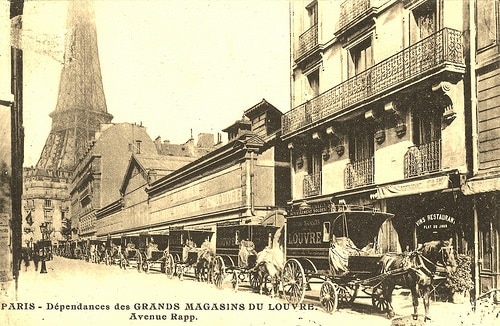Chiseled in stone?
22 March 2010Check them out
24 March 2010Keeping the Cake
Today’s guest blogger, Paula Butturini, will present her memoir, Keeping the Feast: One Couple’s Story of Love, Food and Healing in Italy, at the Library tomorrow, March 24 at 19h30.
After nearly a month back in the U.S. — speaking in bookstores and libraries about my memoir, Keeping the Feast — I learned that a surprising number of people seem to be in search of just the right recipe for a good, moist, chocolate cake. The book talks a fair amount about birthdays, not just real birthdays, but the new ones people sometime receive, unwittingly, when their life changes in a dramatic way. Because I describe at some length in the book the chocolate cake of my childhood, every time I spoke there seemed to be at least one or two people asking me for, or rather demanding — often forcefully — the recipe for my maternal aunt’s chocolate cake. As it’s not something I regularly carry around with me, I couldn’t comply.
So here it is, the recipe my mother’s sister, and my mother’s mother, Jennie, used to make for all the birthdays of my childhood, and which I still make at least once or twice a year no matter where I’m living. That means hand carrying a few ingredients across the Atlantic occasionally, a small chore I’ve come to enjoy over the last nearly 30 years.
I never seem to have the cake flour called for in the recipe, but I’ve found that if I measure two cups of regular flour and remove 4 level tablespoons from it, everything comes out fine. I usually use unsweetened Baker’s chocolate from the United States, but any good unsweetened chocolate works fine. As a child, my family always made this cake with fresh milk soured with white vinegar. Buttermilk works just as well, though you don’t have the fun of watching the vinegar go to work to coagulate the milk. If all the ingredients are at room temperature, the cake seems to taste better. I use a pair of battered metal cake pans, which seem to cool down quicker than glass ones, and keep the cake from drying out. I only wish I had thought to ask my aunt from whom she got this recipe, but it never occurred to me until after her death.
Auntie’s Chocolate Birthday Cake
1 cup boiling water
4 ounces unsweetened baking chocolate, cut into small pieces
2 cups cake flour
2 cups sugar
½ teaspoon baking powder
1 teaspoon baking soda
1 teaspoon salt
½ cup soft butter
½ cup buttermilk or ½ cup fresh milk soured with a half-teaspoon white vinegar
1 teaspoon vanilla
2 large eggs
Heat oven to 350 degrees F. Grease two round 8-inch cake tins with butter, then flour them. Set aside. Stir boiling water and chocolate together till chocolate melts. Cool. Blend flour, sugar, baking powder, baking soda and salt. Stir into chocolate mixture. Add butter. Beat one minute on medium speed of electric mixer or 150 vigorous hand strokes. Scrape sides and bottom of bowl constantly so that everything is well mixed. Then add milk, vanilla and eggs. Beat one more minute. Pour into prepared cake tins. Bake 35 minutes at most, so the cake stays very moist. You can test it with a wooden toothpick if you like. I start checking it after about 25 minutes because our old oven runs hot. Let cool in cake pans set on a rack for 10 minutes, then remove from pans and let continue to cool. Frost with Jennie’s White Icing, below.
Jennie’s White Icing for Chocolate Birthday Cake
2 ½ heaping tablespoons flour
½ cup milk
½ cup Crisco or other vegetable shortening (but not butter or margarine)
½ cup regular sugar
¼ teaspoon salt
1 ½ cups powdered sugar
Grated coconut
Into the flour, gradually blend the milk, stirring very well with a whisk so that there are no lumps. Cook to a very thick paste, stirring constantly, over low heat. Cool to lukewarm. Meanwhile cream the Crisco with the regular sugar and the salt. Add the flour/milk paste. Beat with electric beater till very fluffy. Then stir in the vanilla. Finally, add the powdered sugar and beat till well incorporated. Frost the cake ONLY after the cake had totally cooled. Sprinkle fresh or packaged grated coconut on top of the frosting and between the layers.
Please note: These days I only add about ¾ cup powdered sugar to the frosting, after my daughter let me know that her French school friends were scraping it off the cake every year because they thought it was too sweet. French kids love desserts, but they’re accustomed to a lot less sugar then American kids; that’s proof positive that you learn to like whatever it is you’re fed as a child. So, avoiding sugar from the beginning of a child’s life makes sense on many levels. But my daughter’s French friends really prefer the cake served plain, or with a simple sprinkling of powdered sugar.
–Paula Butturini


